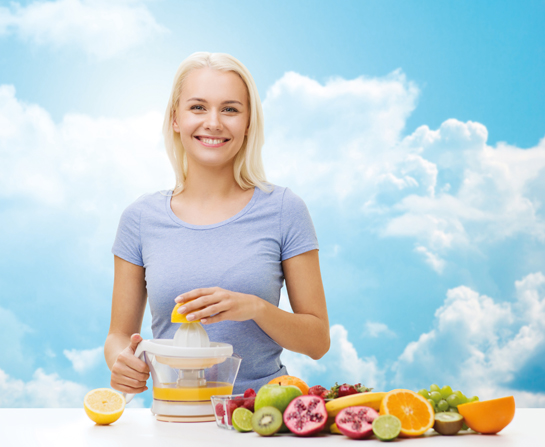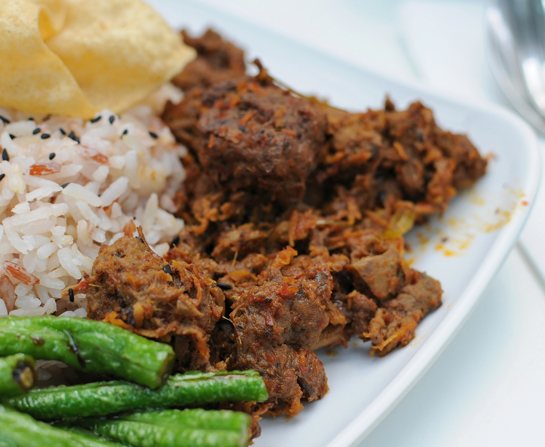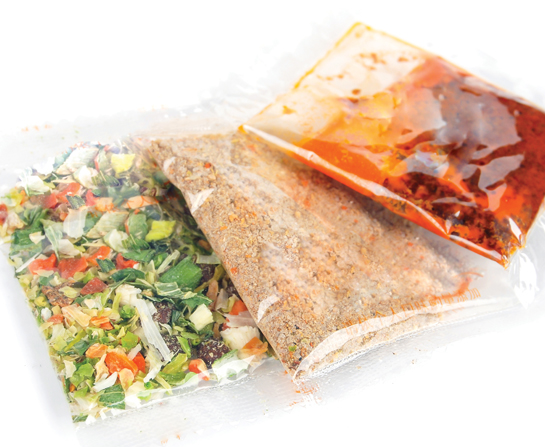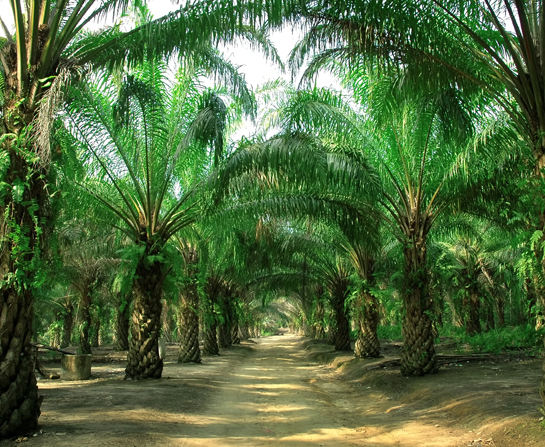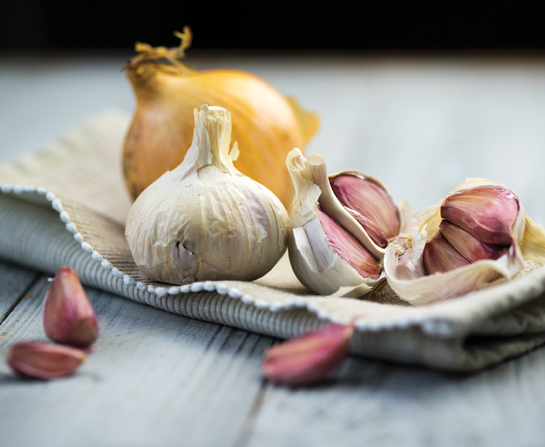
Mary Easaw Chief Dietitian, Institut Jantung Negara
Are fats really bad?
Not really. Dietitian Mary Easaw points out that we become overweight when we consume more calories than we burn off ie, we eat more than we move. These calories also come from carbohydrates and proteins as well. It is the total of all that we eat, rather than how much fats and oils alone, and how little physical activity we are doing that is the cause of the problem.
“Our body needs carbohydrate, protein, fat, vitamins, minerals and water for survival. All these have to be ‘put in’, but in the correct proportions,” she explains in her charming, no-nonsense way. “But the biggest controversy in this is of course, the fats.”

So, let’s talk about fats.
“Fats are generally divided into two types – those of animal origin and those of vegetable or plant origin,” Mary Easaw states.
Animal fats
- Usually solid at room temperature eg, butter and margarine.
- Typically saturated fats that contribute to heart diseases.
- Some animal fats e.g., omega-3 and omega-6 fatty acids found in oily fish, are beneficial to health.
Plant fats
- Usually liquids at room temperature eg, corn oil and olive oil.
- Typically unsaturated fats, said to help lower risk of heart diseases.
- Some plant oils such as palm oil and coconut oil have a significant amount of saturated fats.
Which is the good oil again?
In the past, the saturated fats are often portrayed as the bad guys, while the unsaturated fats are the heroes. However, we are learning today that things are no longer that simple.
We need to look at the whole diet.
Mary Easaw points out that, in the past, people ate saturated fats without suffering from overweight and non-communicable disease (diabetes, heart disease, etc) problems plaguing people today.
“This is probably because they were more physically active– what they ate, they really worked and sweated it out!” she says.
Comparatively, we are far more sedentary these days. We sit at the office, we sit through traffic jams, and we sit on the couch at home to unwind after a hard day’s work.
Therefore, it is probably too simplistic to assume that a component of a food alone is ‘good’ or ‘bad’ for us. We have to look at the big picture – our whole diet, as well as how much physical activity we do.
The “bad oils” have their benefits too.
Our views on traditionally ‘bad’ oils are slowly shifting as more research is done on these oils. For instance, the medium-chain fatty acids or triglycerides in coconut oil have beneficial effects on our health, as these fatty acids bypass the liver and, hence, they are rapidly metabolized compared to other types of fatty acids. These fatty acids are also not stored in the body as fat.
Saturated and polyunsaturated fats can work together for the greater good.
Recently, a concept called ‘smart balance oil’ has emerged. “This describes oil blends that have a 1:1:1 ratio of saturated to polyunsaturated to monounsaturated fats. Smart balance oil has been proven to be beneficial for the heart health,” Mary Easaw elaborates.
For example, if we blend the much maligned palm oils with other good oils (such as soy and corn oils), the result is an example of a smart balance oil.
Oh, so what’s the best type of oil for me?
“There is no such thing as the best oil,” says Mary Easaw.
In addition to the type of oil, she points out that the smoke point of the oil is just an important a consideration. The smoke point indicates the maximum temperature that the cooking oil can be used – that is the temperature when the oil starts producing smoke. At temperatures higher than the smoke point, the composition of the fatty acids in the oil will change due to the effects of heat.
Some oils, such as olive oil, have a lower smoke point, which is why they are rarely used in deep frying despite being touted as the healthier oil. On the other hand, certain oils such as palm oil have higher smoke points, so they are more stable and more suitable for deep frying. “If someone tells me that they want to enjoy an occasional deep-fried food, I’d advise them to use palm oil,” says Mary Easaw.
However, that is not to say that it is fine to use oil in indiscriminate amounts as long as it is of the ‘right’ type. “Everything in moderation, so don’t drink the oil like water!” she cautions.
Fat check!
Just like how people always say that we should not bite off more than we can chew, we should not eat more than we can burn off. This is not as complicated as it sounds. With some common sense and determination, Mary Easaw assures us that it can be done without affecting our ability to enjoy our food too much.
Watch the plate.
Whether you are filling your plate at home or making your economy rice choices during lunchtime, take note of how much food you are placing on the plate.
- Fill a quarter of the plate with rice, noodles, bread or pasta.
- Fill another quarter with a protein-rich food, such as meat, fish, chicken or beans.
- Make half the plate vegetables. You can also have some fruits for dessert.
- Of course, you should not pile your food into a small mountain or until the food touches the rim of the plate, as that would be defeating the purpose of healthy eating!
Watch what you eat.
Limit fried or fatty food to once or twice a week. If you wish to eat fried chicken for lunch, for example, you should have something lighter for breakfast and dinner. It is good to know the healthier, less oily cooking methods, so that you can pick the appropriate types of dishes for your meals. Here are some healthier alternatives to frying:
- Air frying. The air fryer is a versatile appliance that can be used to prepare a variety of dishes.
- Baking. The microwave oven will be very handy for this.
- Grilling. Another way the microwave oven can be useful!
- Steaming. Who doesn’t love steamed fish dishes and vegetables?
- Stir-frying. Use a non-stick wok so that you will only need to use a small amount of oil.
Make healthy substitutions.
Don’t worry if your favourite dishes traditionally contain unhealthy ingredients and too much oil, fats or sugar. There are many recipes available online that are healthier versions of classic favourites. These days, it is possible to have santan-free rendang and nasi lemak, for example. You can also experiment on your own. For example:
- Try replacing butter (including ghee), shortening or margarine with vegetable oil.
- Low-fat milk or yoghurt makes excellent substitutes for santan.
- Instead of using an entire egg, use egg white (minus the yolk).
- Consider pan-roasting instead of frying the meat for masak merah dishes.
- Likewise, roast the fish for making sambal.
Admittedly, some dishes may feel less delicious without coconut milk and such. Perhaps, the best way to go is to serve them only during special occasions, such as festivals. Instead of constantly missing them, you may instead look forward to the next time you can enjoy them with family and friends!
Let’s work that body!
Don’t groan – physical activity is really important. After all, anything that is not burned off ends up being stored as fat in our body!
- Be physically active at least 150 minutes a week, which is about 20-30 minutes a day. Try not to have two or more inactive days in a row.
- Exercise is more than just going to the gym, so if that isn’t your cup of tea, consider other forms of activities such as dancing, yoga, tai-chi and more.
- If you need motivation, download apps that will pit you against other people in fun activities such as who walks the most steps each day. That will keep you going!
- Walk more. Take the stairs more often instead of using the elevator, and cycle or walk instead of using the car whenever possible. Also, if you love shopping, walking longer at the mall won’t hurt (who says walking is boring?), and park your vehicle a little farther from the entrance to go that extra mile.
If you like this article, do subscribe here.





